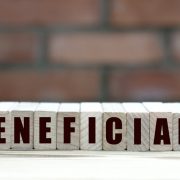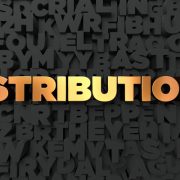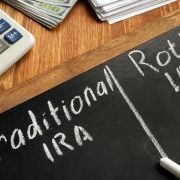Self-Directed IRAs – Has Your Retirement Plan Sprung a 20 Percent Leak
Most financial advisors lay out retirement projections thus: If you save x dollars per month, and the market returns y, then you should have z available to you when you turn 65. Does this hold true for Self-Directed IRAs?
A recent report from the Center for Retirement Security found that even though the markets might indeed return x, the real world investor doesn’t receive the benefit of that return. That’s because owners of IRAs, Self-Directed IRAs, 401(k)s and other retirement accounts frequently raid those accounts for a variety of reasons.
Except for people who invest in fixed assets with income guarantees, it’s not a very accurate method, but I guess you have to start somewhere. But aside from the fact that planners don’t have a crystal ball they can use to predict future returns, there’s another big problem financial advisors have when they try to project future resources available: Their clients.
Consider: About 1.5 percent of assets are withdrawn from 401(k) and IRA assets every year, for reasons other than to support retirement income. These reasons may well be legitimate: To pay medical expenses, to pay for college for the IRA owner or family member, to put a down payment on a home, or to avoid eviction or foreclosure. But regardless of the reason, every dollar withdrawn from a retirement plan and spent prior to actual retirement is a dollar that’s not available for the account’s intended purpose.
The biggest sources of retirement account leakage appear to be in-service IRA withdrawals and cash-outs from people leaving their employer and cashing out their retirement plans rather than rolling them over so they can continue to compound. According to data the authors obtained from Vanguard, about 9 percent of 401(k) participants left their jobs in 2013 and were eligible for a distribution of their account assets. About 29 percent of them took lump sum distributions – amounting to about 9 percent of total plan assets available for distribution each year.
Loans from 401(k)s represented another small form of leakage.
In the aggregate, the Center for Retirement Security found that leakage from retirement accounts eventually cost retirees as much as 20 percent of their retirement nest eggs.
The Center had a few policy recommendations going forward:
- Limit hardship withdrawals to “serious, unpredictable hardships.” Presumably, this means that they would remove IRA withdraws for the purposes of paying for higher education off the list. Presumably, whoever wrote this probably already got his or her college degree.
- The age for penalty-free IRA and 401(k) withdrawals should be increased from 59½ to age 62. I’d also presume that the person who wrote this report works at a desk.
- Congress should eliminate ‘cashing out’ a retirement account upon leaving an employer as an option. That is, Congress should prohibit lump-sum distributions upon termination.
American IRA, LLC is a leading expert in Self-Directed IRAs, 401(k)s, SEPs, SIMPLE IRAs and other tax-advantaged accounts. Our offices are in Asheville and Charlotte, North Carolina, but we work with clients all over the country who want to diversify their retirement accounts, increase potential returns, or who prefer to take direct control of their retirement assets.
For more information on Self-Directed IRA investing, visit us at www.americanira.com, or call us at 866-7500-IRA(472).
We look forward to working with you.






